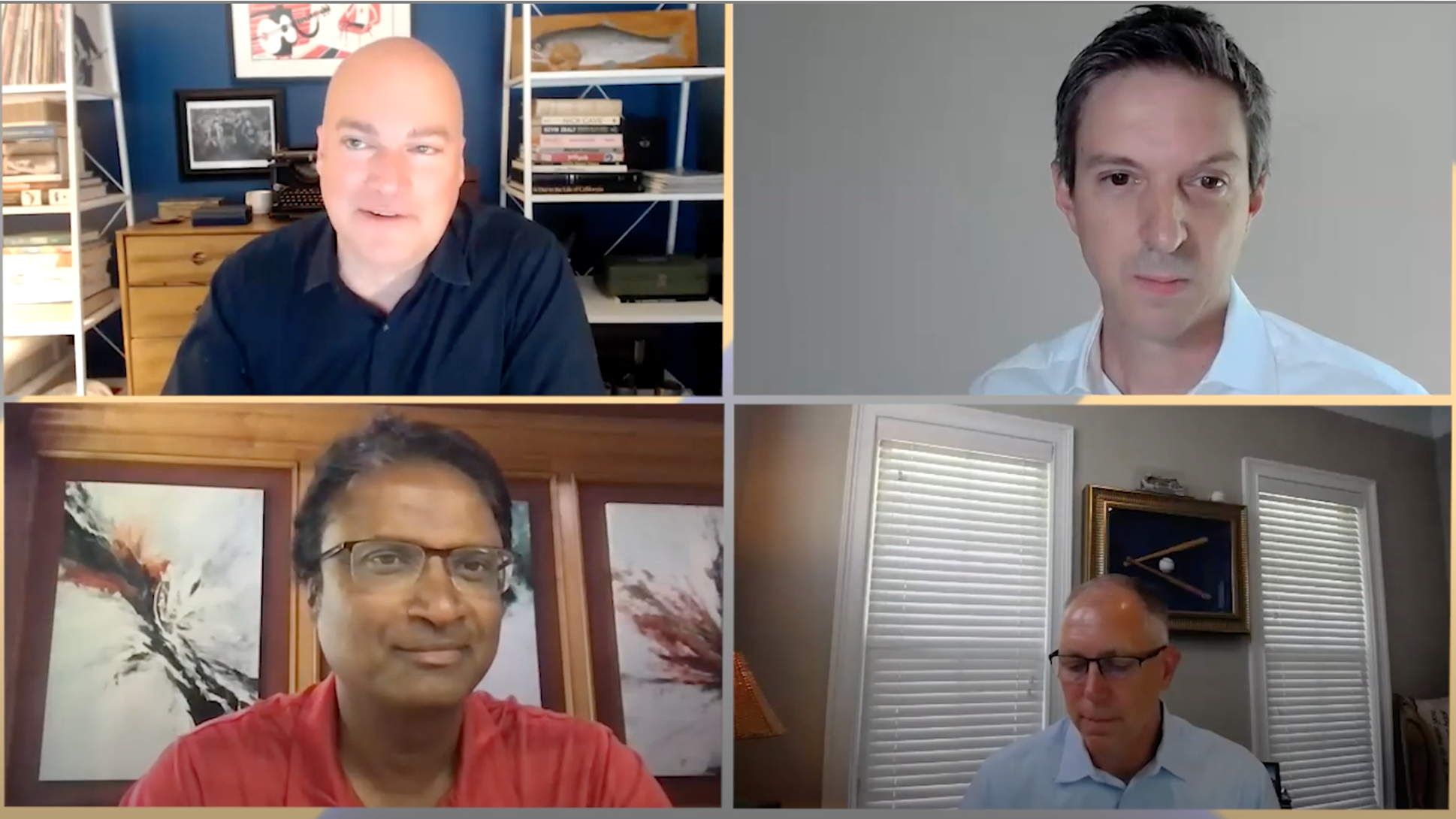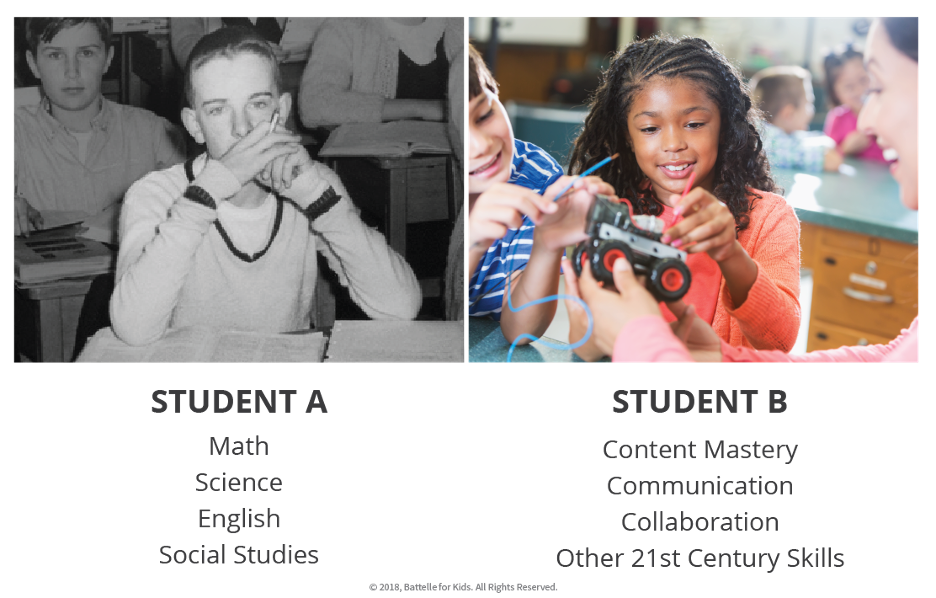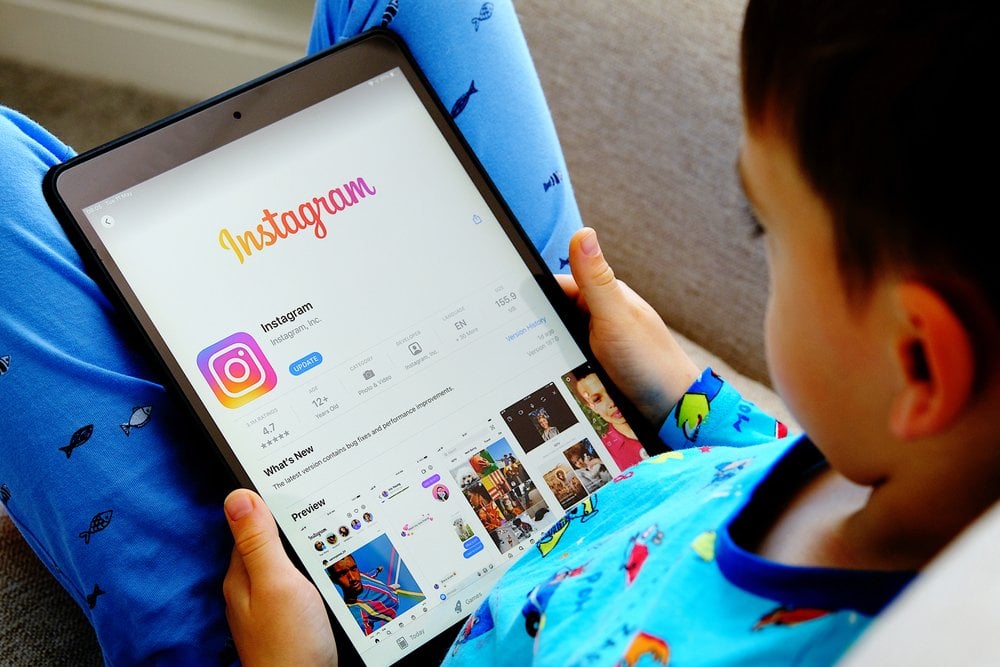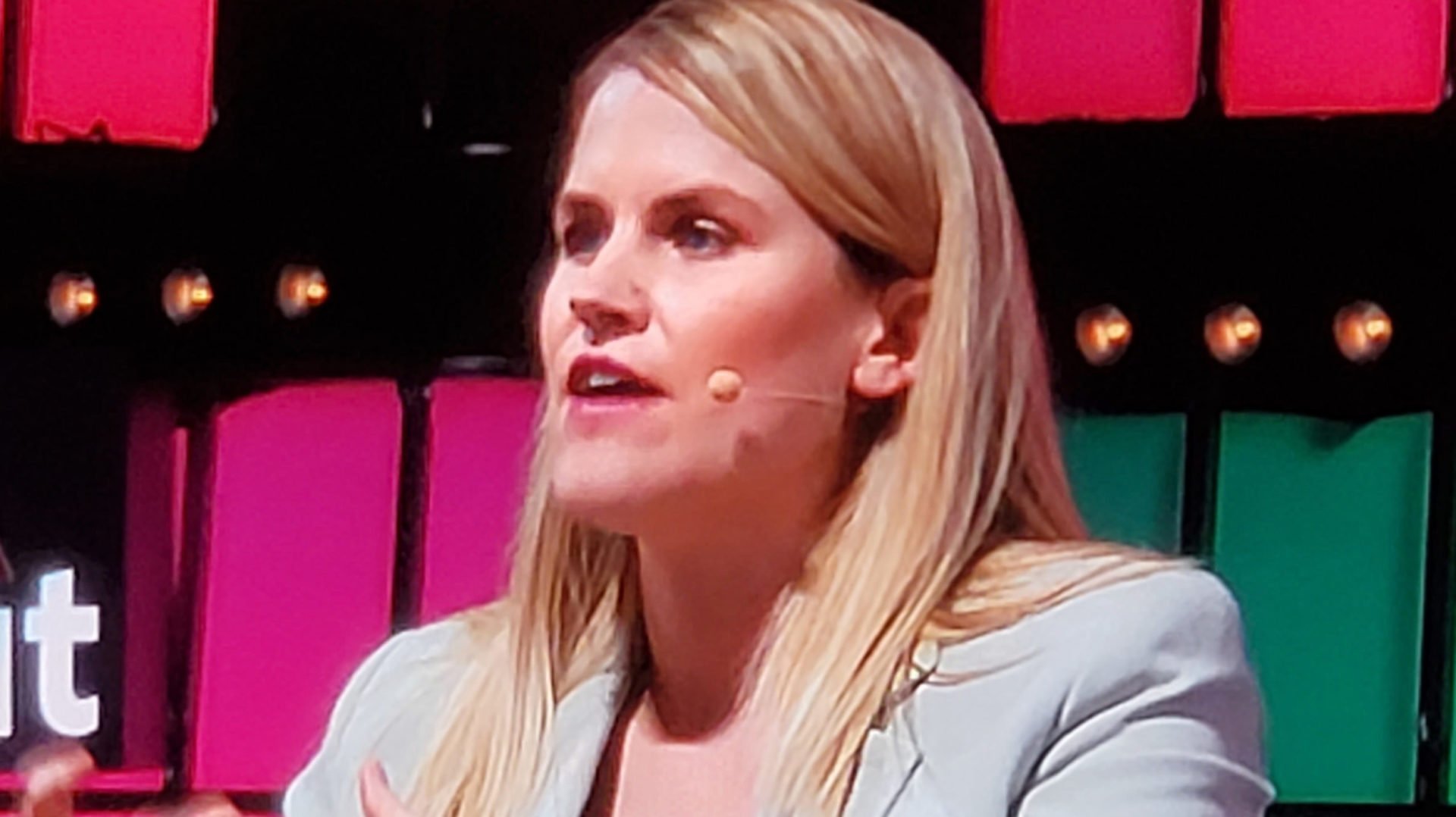What the hell is going on with media? By virtually all measures, confidence in it has eroded. According to Gallup, trust in media has fallen from a peak of 72% in 1976 down to 45% in 2018. Even worse, only 20% of the public has confidence in television news as an institution, just one step above Congress, which is rock bottom at 11%. Although newspapers are a touch higher at 23%, the direction of the trends are unequivocal.
In general, media can be thought of as a complex of the three industries that came together to serve you content – creators, distributors, and promoters. And despite their decades of power and their societal tenure, in which they amassed over $2T in global revenue, the disruptor of all disruptors – the Internet – has set all three on a course to destruction. They are three Hindenburgs, about to explode.
To bring clarity as to the why, it’s helpful to understand the components of the ecosystem. Pre-Internet, traditional media was built on an interdependent relationship between the three players. It was a case of three-way symbiosis, if you will, which broke down like this:
Content creators (the hook) – television networks, publications, radio, and most recently, online
Content distributors (the screen) – cable, satellite, and telecom companies in analog media, and Internet services providers in digital
Content promoters (the money) – brands and advertisers seeking to build consumer awareness of goods and services
The model worked for consumers because it so effectively reduced their own costs. Those costs can be broken down into two buckets: obvious (explicit, or out of pocket) and hidden (implicit, or the cost of your time). In a recent article here at Techonomy, we introduced this concept in a piece entitled Time is Money, Money is Time, and What That Means for Tech.
Changes in the media landscape and the associated cost implications can be illustrated by comparing how content was consumed in the old paradigm versus how it is consumed today.
Old paradigm (1960s/70s): Consumer watched Walter Cronkite on the CBS evening news while ads for Gillette ran between segments. (We define the terms and categories underneath the chart.)

Old cost paradigm from the perspective of the media complex:
Obvious Costs – High explicit costs were required to get content produced, distributed, and to promote brands via commercials. These costs created huge barriers to entry, because no entities could compete effectively with the big three networks, nor could they go up against giant brands like Gillette with an alternative product. It cost too much to develop, manufacture, and build the brand.
Hidden Costs – Since all the consumer eyeballs were aggregated around three networks, there were low hidden (implicit) costs related to figuring out how to get in front of target audiences. It didn’t take marketers or media companies any time to know where to find people.

Old cost paradigm from the perspective of the consumer:
Obvious Costs – Consumers had low out of pocket costs, after the one-time cash outlay for a television and an antenna.
Hidden Costs (trust) – There was a strong degree of trust on the part of consumers that the information they received was accurate. This implies low hidden costs because little time was required to filter the information or seek out alternative reporting. After all, Walter Cronkite was repeatedly voted ‘the most trusted man in America.’ For Gillette, when the consumer went to the store, there was an implied trust factor that facilitated a quick decision on which razor to buy.
Hidden (choice) – On the flip side, there was a high hidden cost for consumer choice. Since programming wasn’t available on-demand and was only limited to mainly the three networks, it meant consumers had to carve out time in their lives based on the programming lineup. It did not necessarily accommodate their preferred schedule.
This landscape was stable because audiences aggregated around a few networks and brands. Low explicit costs and high trust delivered great value to consumers, even though they experienced extreme limitations in their available choices. Accordingly, the media complex’s business incentives were largely aligned with its audience.
Now let’s look at the situation today.
New paradigm (current): Consumer streams a CNN report from Jim Acosta and the new “toxic masculinity” Gillette ad runs before the video.

New cost paradigm for the media complex:
Obvious – Explicit costs of production are now close to zero because anyone in any part of the world with an internet connection can create and share content. That’s why tweets from a local in Pakistan during the Bin Laden raid were more powerful than any mainstream reporting. The lowering of these cost barriers has created competition for consumer attention, thereby incentivizing hyperbole, in an economy where sensation is the best tool for attention.
Hidden – These costs have gone up dramatically for media companies, as fragmentation of the market has increased the time and effort necessary to find, reach, and keep the intended audiences.
New cost paradigm for the consumer:
Obvious – Out of pocket costs are rising. Think rising cable bills, cost of subscribing to Netflix, Amazon, Sling, or Hulu, and of course the hefty cost of an Internet connection.
Hidden (trust) – This is the big whammy. The erosion of trust has left consumers with less confidence in the value of the information they are receiving. For instance, consider the chilly reception famed former anchor Tom Brokaw received this past weekend as his comments about Hispanic immigrants provoked controversy. It isn’t hard to understand why consumers are as inclined to trust anonymous Reddit users as the major networks.
For Gillette, it’s clear why it is changing its messaging, because cheaper and sufficiently-reviewed and advertised on social media upstart alternatives like Dollar Shave Club (now owned by Unilever) are just a click away. The value of the information conveyed by the brand itself, and the shelf space it commands, has been almost completely wiped out. IAB chief Randall Rothenberg has calculated that 42 upstart direct-to-consumer brands now compete directly with different product categories at Procter & Gamble.
Hidden (choice) – The media industry has been able to mitigate pressure on its business model by consistently lowering the hidden and implicit cost of choice. Among the means they have used include TV-on-demand, the DVR, in-app streaming, etc. Unfortunately for the media, the value of the next incremental channel or show to the consumer is now close to zero. In fact, it can be argued that the paradox of choice caused by the growing abundance of channels and shows is now causing consumers to spend more time figuring out what to watch at times than the show itself.
In a nutshell, increasing hidden costs are being foisted on customers by the different players as they scramble to preserve a semblance of their legacy business models. This process has created a vicious and negative self-reinforcing cycle that perpetuates incentives to grab attention versus meaningfully inform. If you follow the logic, it’s easy to see the how and why:

- Networks and news sites have turned from a model of quality towards hyperbole and sensationalism, regardless of the truth, because the incentive and monetization structures are based on impressions and eyeballs. That’s one reason why MSNBC has effectively become “Today in Trump.”
- Paywalls are frequently eliminated in a media company effort to maximize clicks, increasing their reliance on advertising.
- Brands and advertisers have shifted to the most hyperbolic content because that’s where the most eyeballs are aggregated, around via clicks and shares on social.
- Distributors – for instance, cable systems and wireless carriers – are caught in the middle. They have been trying to avoid the inevitable by undertaking mega-mergers with content companies. As core-cutting proliferates, the pending roll-out of 5G, meanwhile, creates a whole host of new challenges.
As a result, the consumer is facing a perfect storm of rising obvious and hidden costs. You know this because your bills are rising, you’re spending more time filtering the information you receive, and the abundance of choice leaves you almost paralyzed in deciding what to watch. Consumers are frustrated and skeptical due to deteriorating confidence in the quality of information and the difficulty of finding credible sources because of the myriad of choices. For the media complex, this creates enormous challenges and brings into question the sustainability of their revenue and business models.
In conclusion, this is one of the largest and most thorough disruptions of an industry (or industries) in recent economic history. It is being amplified by the central role the media complex plays in our lives. The implications for each segment’s disruptions are many. We will explore those in more detail in upcoming articles on Techonomy. Our goal will be sorting out the winners from the losers. Ultimately, this series will delve into how the consumer can get a product they are happy with.
In the meantime, we’ve both cut the cord. Have you?















